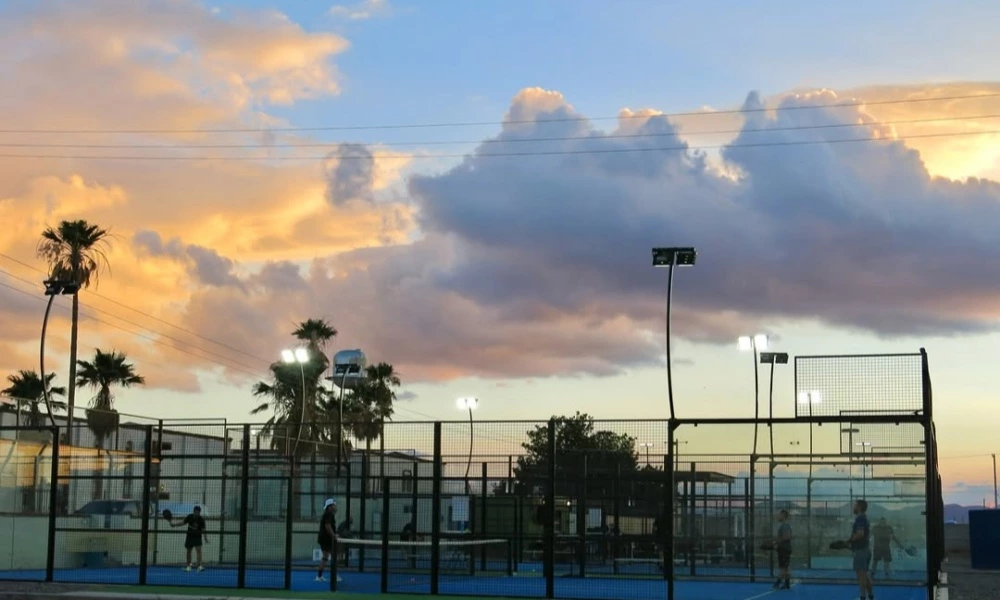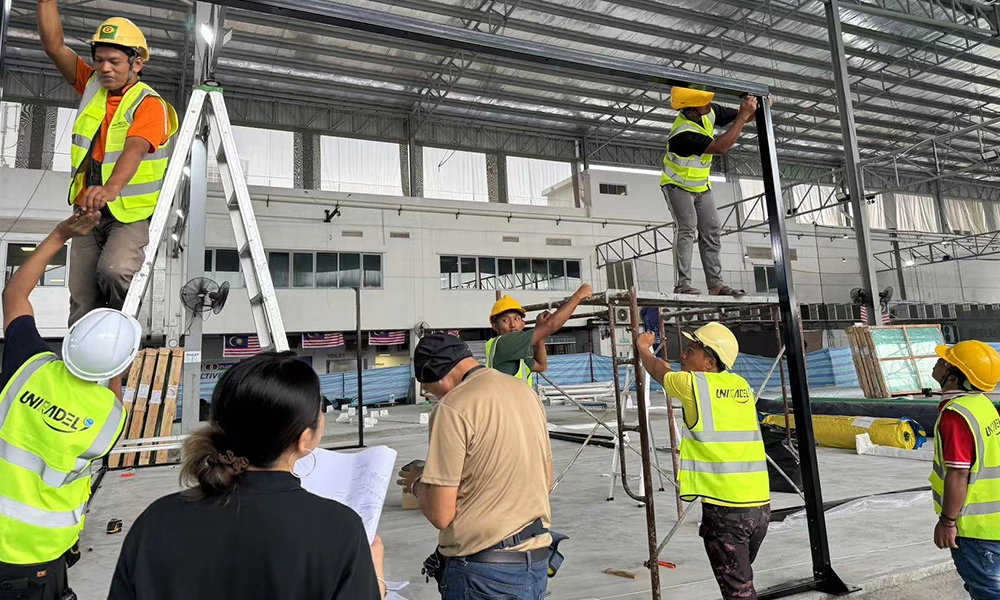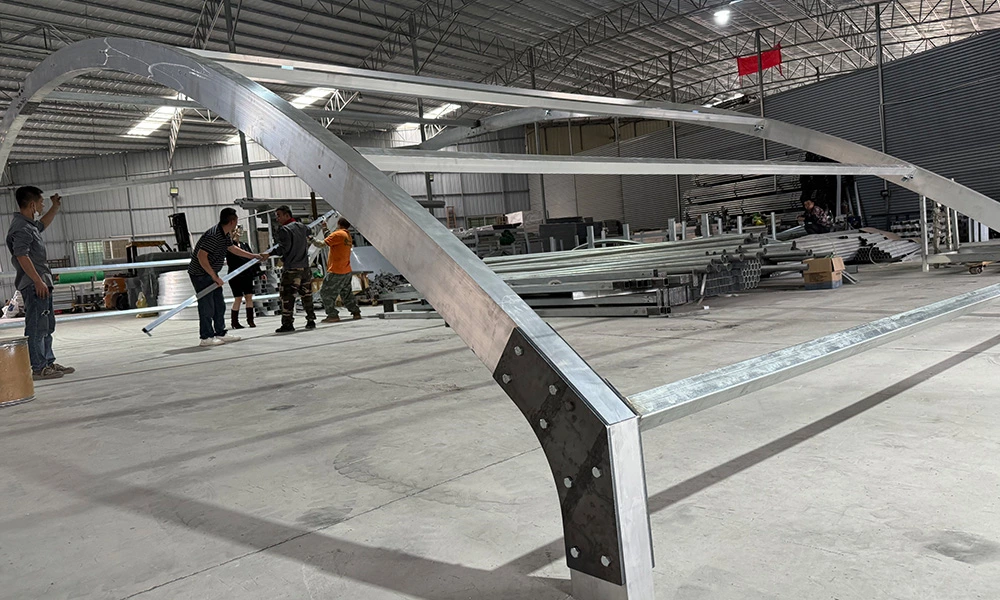Why are more and more people investing in padel clubs?
Padel has experienced explosive growth in the past five years, especially in Europe, Latin America and the Middle East. This sport not only brings a new social experience, but also has a sustainable business model and huge market potential, attracting the attention of many investors, entrepreneurs and even sports stars.
1. Strong social attributes, attracting a wide range of people
Padel is essentially a very "social" sport. Compared with tennis, padel mainly adopts the form of doubles, with a smaller field area, the setting of the fence makes the ball rebound more interesting, and the rules are simpler, so it is easier to get started. This feature makes it popular among families, friends, couples and corporate team building users.
Many clubs have found that some people who have never been exposed to traditional ball sports quickly fall in love with it after experiencing padel once. Sociality not only increases the frequency of participation, but also improves customer stickiness, bringing a stable and repeated flow of customers to the club.
2. Large market space and fast growth rate
Although padel originated in Mexico, its main market is currently in Europe, Latin America and the Middle East. According to data from the International Padel Tennis Federation, the number of padel courts in Spain and Italy has increased by more than 30% annually, while in North America and Asia, the sport is still in its early stages of development, which means there are still a lot of "blue ocean markets" to be explored.
The support of governments for national fitness and the improvement of sports infrastructure have also provided a good environment for the development of padel tennis. Especially after the epidemic, people are more concerned about healthy lifestyles, and outdoor low-contact sports have become the first choice. Padel just fits this trend.
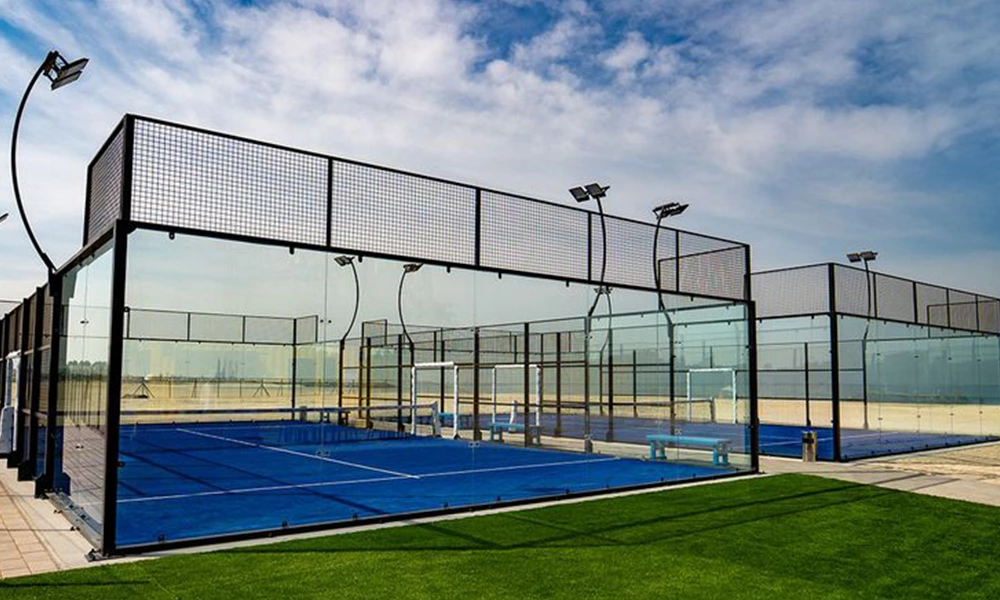
3. Mature business model and diversified revenue channels
Investing in a padel club is not as simple as building a few courts. A mature club can make a profit in the following ways:
Venue rental fee: charged by the hour, especially during prime time when demand is strong;
Membership income: providing membership services of different levels;
Events and training camps: organizing local leagues, youth training, etc.;
Retail and value-added services: selling rackets, shoes, drinks and even padel clothing;
Venue advertising and brand cooperation: corporate advertising placement, event naming, etc.
A well-run club may even require reservations and queues during peak hours, so a good return cycle is key to attracting capital.
4. Suitable for diversified investors and project types
Padel is highly adaptable and can be quickly built on a variety of sites. Whether it is a high-end residential community, a commercial complex, a resort hotel, or a school or university, 1-4 courts can be built according to local conditions and expanded flexibly.
This also means that whether you are a large investor or a small developer who wants to build a private project, you can find a suitable entry point. For example:
Build a leisure center with Padel facilities in a tourist area;
Establish a social sports club in the city center;
Introduce Padel teaching courses in educational institutions to promote youth participation.
5. Accelerated growth of celebrity effect and brand communication
In recent years, celebrities including Nadal, Beckham, Messi and others have invested in or promoted Padel clubs, significantly increasing the popularity and trendiness of the sport. This "celebrity endorsement effect" has driven global attention to Padel and attracted more people to try and participate.
In addition, Padel has a strong visual impact and is very suitable for social media dissemination. Clubs can also quickly build brand awareness through short videos, live broadcasts of events, etc.
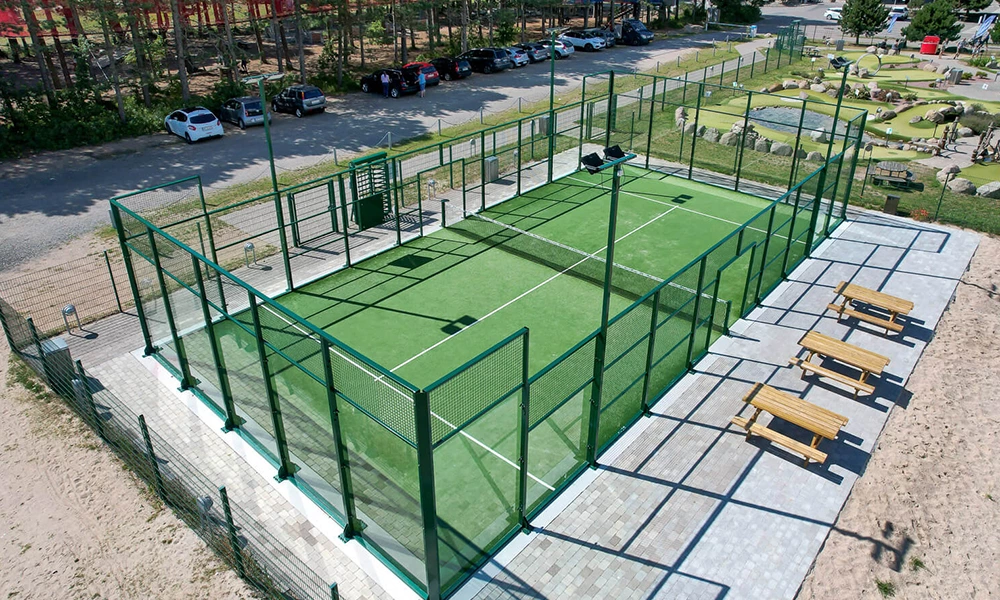
6. Low-maintenance, high-return venues and facilities
Compared with other large-scale sports projects, the construction period of a Padel court is short, the area occupied is small, and the maintenance cost is low. Usually, the construction period of a panoramic court is about 15-30 days, the service life is more than 10 years, and the investment payback period is usually 6-18 months, which has a good investment cost-effectiveness.
Coupled with the upgrade of supporting facilities such as lighting systems and roof structures, Padel venues can almost achieve all-weather operation and increase profit space.
Why is now the golden age to invest in Padel?
Padel tennis perfectly integrates "entertainment, fitness, social interaction, and business" and is one of the few fast-growing sports projects in the world today. With the continuous improvement of global awareness of Padel, the market has not yet been saturated, and investment is in a window period. For investors who want to layout the sports industry, establish brand influence, or explore sustainable business projects, Padel clubs are undoubtedly a direction worthy of key consideration.

